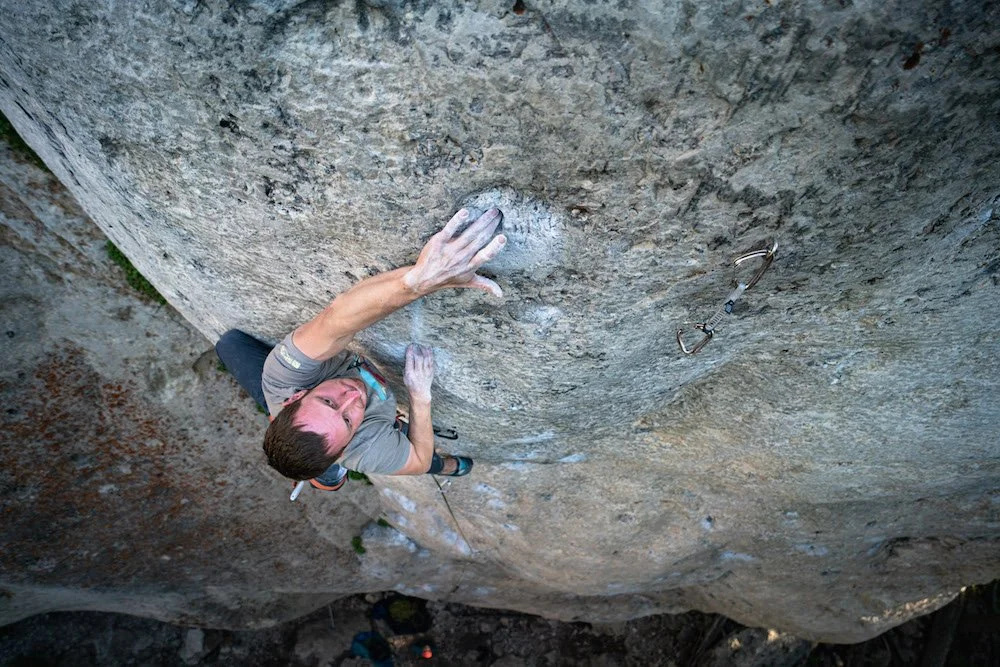10 Tips to Start Rock Climbing Indoors
Indoor rock climbing is an exhilarating and physically challenging activity that has been gaining popularity in recent years. Whether you're looking for a fun way to stay active or you're eager to take your climbing skills to new heights, indoor climbing gyms offer a fantastic environment to get started. To help you embark on your indoor climbing journey, here are 10 tips that will make your experience safer, more enjoyable, and rewarding.
Pros
Weather Independence: Indoor climbing allows you to climb year-round regardless of weather conditions, making it a consistent and accessible activity.
Safety: Climbing gyms have strict safety standards and equipment, reducing the risk of accidents compared to outdoor climbing.
Accessibility: Climbing gyms are often located in urban areas, making it convenient for city dwellers to pursue this activity.
Structured Learning: Gyms offer introductory classes, coaching, and routes of varying difficulty levels, making it easier for beginners to learn and progress.
Equipment Availability: Gyms provide rental gear, so you can try climbing without a significant upfront investment in equipment.
Community: Indoor climbing fosters a sense of community, and many climbers enjoy the social aspect of the sport, meeting like-minded individuals.
Training Opportunities: Gyms offer training facilities, like campus boards and hangboards, for climbers to improve strength and technique.
Cons
Lack of Natural Scenery: Indoor climbing can't replicate the breathtaking outdoor landscapes you experience when climbing outdoors.
Crowds: Popular climbing gyms can become crowded during peak hours, resulting in longer wait times and less climbing space.
Artificial Holds: Climbing holds are man-made and can feel less natural than outdoor rock surfaces.
Risk of Overtraining: Access to training facilities can lead to overtraining or injury if climbers push themselves too hard without adequate rest.
Gym Etiquette: Some climbers may not adhere to proper gym etiquette, which can create a less enjoyable experience for others.
Dependency on Gym Hours: Indoor climbing is subject to the operating hours of the gym, limiting your climbing schedule.
Limited Exposure to Outdoor Elements: Indoor climbing doesn't prepare you for outdoor factors like weather, altitude, and wildlife, which can be important for outdoor climbers.
1) Choose the Right Climbing Gym:
Before you start climbing indoors, research the climbing gyms in your area. Consider factors like location, types of climbing walls (bouldering, top rope, lead climbing), and the gym's reputation for safety and cleanliness. Visiting a few gyms and asking for tours or trial passes can help you make an informed decision.
2) Take an Introductory Class:
Most climbing gyms offer introductory classes for beginners. These classes provide essential knowledge about climbing techniques, equipment, and safety procedures. Taking a class is an excellent way to start climbing with a strong foundation.
3) Invest in Proper Climbing Gear:
While most climbing gyms provide rental gear, having your own gear can enhance your comfort and performance. Basic gear includes climbing shoes, a harness, a chalk bag, and a belay device. Consult with experienced climbers or gym staff to find the right gear for your needs.
4) Learn Proper Belaying Techniques:
If you plan to climb with a partner, mastering proper belaying techniques is crucial for safety. This skill involves using a belay device to control the rope and catch a falling climber. Attend a belay class at your gym or seek instruction from experienced climbers.
5)Focus on Technique:
Climbing is not solely about upper body strength; it's also about balance, footwork, and body positioning. Practice efficient climbing techniques to conserve energy and improve your climbing skills. Watch experienced climbers and ask for tips and guidance.
6) Warm-Up and Stretch:
Before you start climbing, spend some time warming up your muscles and stretching to prevent injuries. Wrist, finger, and shoulder stretches are particularly important for climbers.
7) Gradually Increase Difficulty:
As a beginner, start with easy routes and bouldering problems to build strength and confidence. Gradually progress to more challenging climbs as you become more comfortable and skilled.
8) Learn the Climbing Lingo:
Climbers have their own jargon and communication signals. Familiarize yourself with terms like "beta" (climbing sequence), "send" (successfully completing a climb), and "crux" (the hardest part of a route). Understanding these terms will help you communicate with other climbers.
9) Practice Safety:
Safety should always be a top priority in climbing. Double-check your knots, harness, and belay system before every climb. Follow gym rules, respect other climbers, and communicate effectively with your climbing partner.
10) Embrace the Community:
Indoor climbing gyms often have vibrant and supportive communities. Don't hesitate to socialize, ask for advice, and make new friends. Climbing is not just a physical activity; it's a fantastic way to connect with like-minded individuals.
Indoor rock climbing is a thrilling and rewarding activity that anyone can enjoy. By following these 10 tips and continually honing your skills, you'll not only become a better climber but also find a welcoming community that shares your passion for adventure and exploration on the walls of an indoor climbing gym. So, gear up, climb on, and enjoy the journey to becoming a skilled indoor climber.













